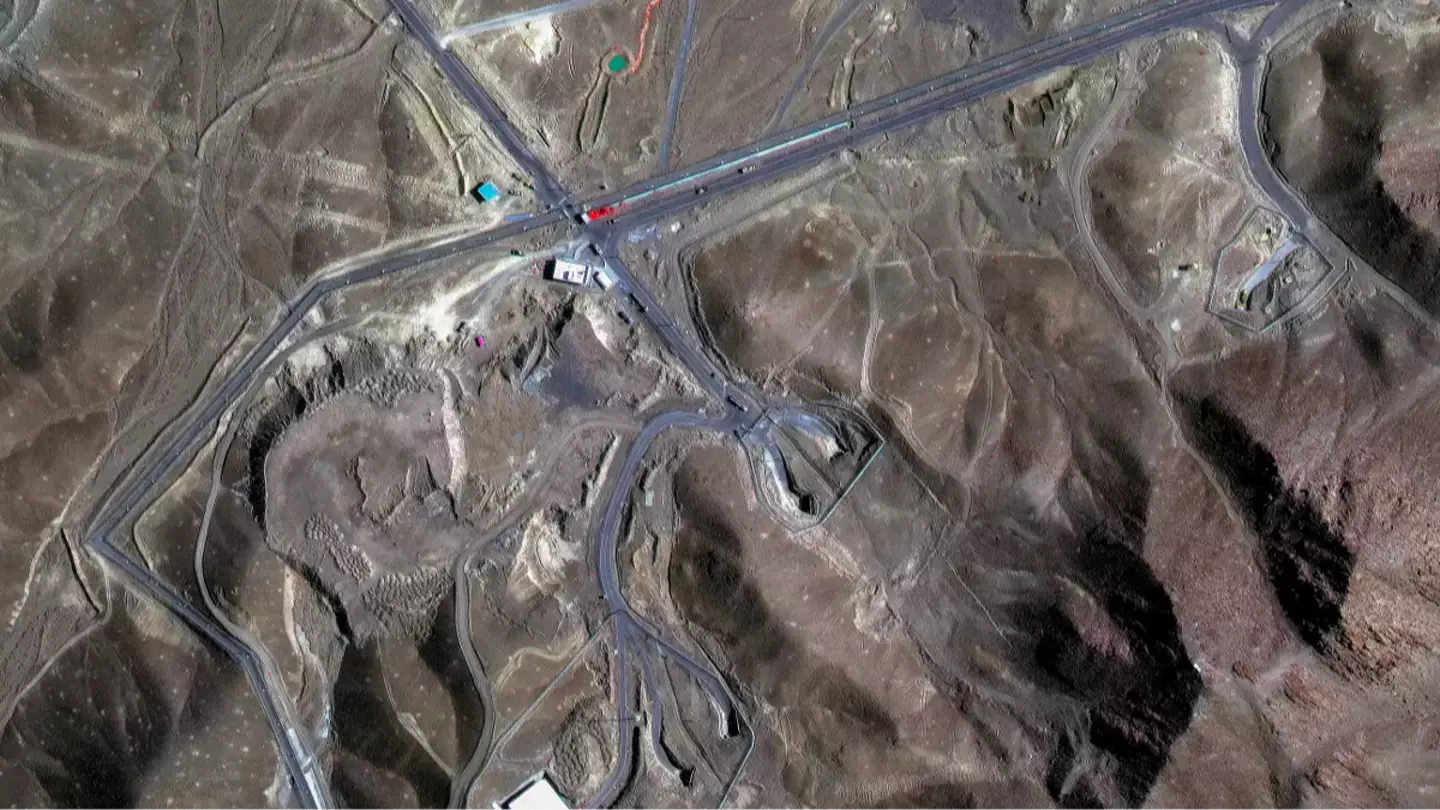
Before and after photos show key differences of Iran’s nuclear sites after US bombing as expert explains the impact
Satellite images were caught over three nuclear sites after Donald Trump confirmed strikes against Iran
Featured Image Credit: MAXAR Technologies
Topics: Iran, Donald Trump, World News
 Emily Brown
Emily Brown
Emily Brown is UNILAD Editorial Lead at LADbible Group. She first began delivering news when she was just 11 years old - with a paper route - before graduating with a BA Hons in English Language in the Media from Lancaster University. Emily joined UNILAD in 2018 to cover breaking news, trending stories and longer form features. She went on to become Community Desk Lead, commissioning and writing human interest stories from across the globe, before moving to the role of Editorial Lead. Emily now works alongside the UNILAD Editor to ensure the page delivers accurate, interesting and high quality content.